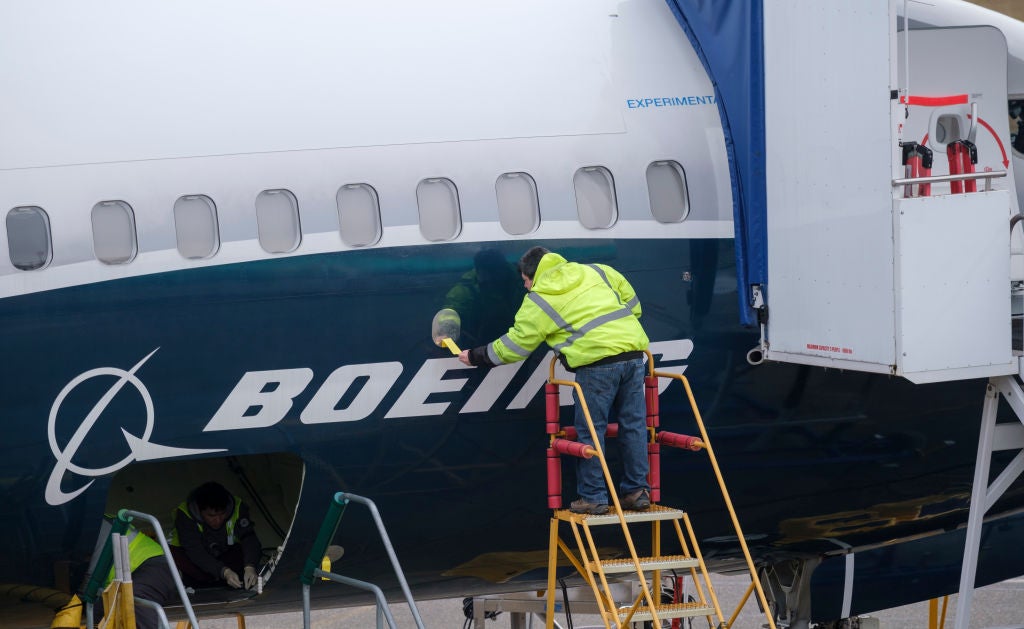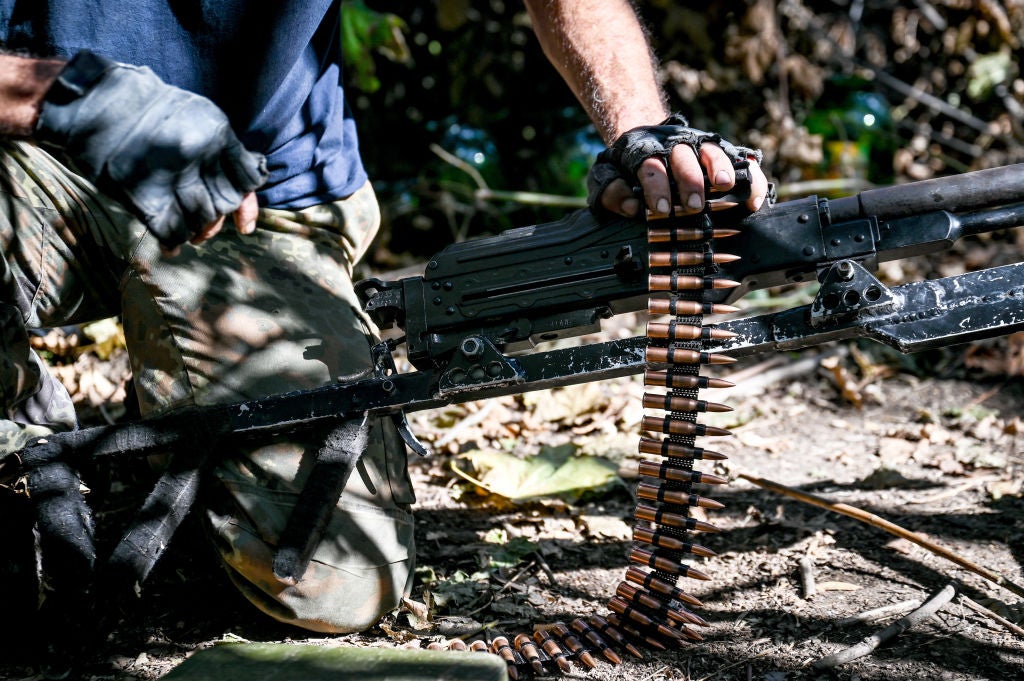
The Covid-19 pandemic caused overall greenfield foreign direct investment (FDI) project numbers to decline by 17.5% in 2020. However, as the world reopened in 2021, investors reacted quickly and FDI levels rose by 18.1%, according to Global FDI Annual Report 2022. Most sectors witnessed a rise in their number of projects, with companies keen to make up for lost time, yet the rise is not expected to be sustained. Investment levels will likely fall again in 2022. Russia’s invasion of Ukraine has led to heightened geopolitical tensions, a global cost-of-living crisis, slow economic growth and continued supply chain disruptions. All of which will claw back the resurgence FDI experienced in 2021.
Aerospace FDI rose in 2021
When it comes to greenfield aerospace FDI, our FDI Projects Database shows that there were 69 projects in aerospace in 2021, up from 54 the year before. Yet the number recorded was significantly below the 153 recorded in 2019, signalling the industry’s prolonged Covid-19 hangover.
Four out of every five aerospace projects in 2021 were new investments, with the remaining 20% being expansions of existing facilities.
Where are the leading destinations for aerospace FDI?
Western Europe was the leading region when it came to attracting FDI projects in aerospace in 2021, with 43.5% of all projects announced or opened globally. In fact, it was the only world region that seemed to be recovering to near its pre-Covid figures. Although inbound aerospace investment was still down 23% compared with 2019 levels, it had grown by 76.5% since 2020.
For reference, although North American aerospace FDI grew by 40% in 2021, project numbers were still below half the level received in 2019. Additionally, aerospace FDI into Asia was still 75.6% lower compared with volumes in 2019.
The US remained the leading destination country for aerospace FDI in 2021. It received 12 inbound aerospace projects – only half the level experienced in 2019. The UK (nine projects) and Germany (eight) were the only two countries to show a return to pre-Covid investment volumes.
Several countries, including Spain and Canada, began to recapture inward aerospace investment in 2021, having seen levels plummet in 2020. China continued to struggle as an attractive destination. It received ten aerospace investments in 2019 and only one in 2021.
China and Germany were key source markets for aerospace investments into the US. Each country created three projects in 2021.
Cirrus Design Corporation, the US-based aircraft manufacturing company doing business as Cirrus Aircraft, announced plans to open two new innovation centres in McKinney, Texas, and Chandler, Arizona. Additionally, the company pledged to open a new training centre in Scottsdale, Arizona. Cirrus Aircraft is a subsidiary of the Aviation Industry Corporation of China, or AViC, a China-based state-owned aerospace and defence conglomerate.
Similarly, German-based EXOLAUNCH, which focuses on launch services and separation systems, opened a new office in Washington, DC and new headquarters in Denver, Colorado.
What are the top aerospace FDI operations?
Sales, administration and marketing became the leading business operation for foreign aerospace investors in 2021. A total of 20 projects were created with a sales-related function, up 54% from 2020 but down 43% on 2019 levels. Manufacturing and maintenance, repair and operations ranked second and third, respectively, in 2021, both with 15 projects. The two ranked first and second in both 2019 and 2020. This shows the potential changing dynamics within the aerospace sector as well as illustrating its slowness to return to normal after Covid-19. For example, the tourism sector – heavily linked to the aerospace sector – has exhibited slow recovery since Covid-19 began.
According to the World Tourism Organization, global tourism rose by 4% in 2021, although international tourism levels were still 72% below the pre-pandemic year of 2019. The aerospace industry has faced several other issues. Airports are continuing to experience staff shortages, causing flight delays and postponements. Some countries, such as the UK, are facing a backlog in renewing or creating new passports for travellers, and, although diminishing, Covid-check requirements as well as high(er) levels of Covid in the destination country have reduced passenger demand.
What are the top subsectors for aerospace FDI?
Aircraft was the top subsector when it came to FDI projects in aerospace in 2021. The subsector doubled its number of projects from 2020, placing it ahead of the aircraft components subsector, which had topped the subsector ranking in 2019.
One of the most striking investments was from Airbus, the Netherlands-based airliner manufacturer. It opened a new $45.7m Aerospace Integrated Research and Test Centre in Bristol, England. The project is a research and testing facility jointly funded by the UK Government’s Aerospace Technology Institute programme and the company. The new centre covers more than 10,000m2 of gross internal floor space and is designed to undertake structural testing of large-scale aircraft assemblies. The facility also includes labs, collaborative office space and reconfigurable testing areas. The project will enable the company and its partners to develop new designs.
Where are the leading aerospace investors located?
Investment Monitor's analysis shows that the US remained the leading source market for outbound aerospace FDI in 2021. However, the number of outbound projects from US companies was rather stagnant from 2020. There were 18 outbound projects created in 2021 compared with 17 in 2020.
On the other hand, investments from Netherlands and China-based companies rose by 250% and 300%, respectively, albeit from a low base.
No outbound market could be said to have fully recovered from the decline caused by Covid-19, post 2019.
Airbus and Boeing were leading aerospace investors in 2021. Although both companies created seven FDI projects, each is on a different trajectory. Boeing created seven projects across 2019 and 2020, whereas Airbus created 21. Therefore, investment levels in 2021 were showing a slight rise for Boeing but a decline for Airbus across the three-year period from 2019 to 2021.
Airbus was creating greenfield manufacturing and R&D projects in 2021. All projects were located in Europe. Airbus Helicopters (a subsidiary) opened a new $84.6m parts factory in Gyula, Hungary, while the company also opened two Zero-Emission Development Centres in France and Germany to focus on metallic hydrogen tanks to accelerate the development of hydrogen-propulsion technologies.
Meanwhile, Boeing’s investments were more widespread. The company opened a couple of new offices in Asia, expanded its facilities in Canada and the UK, and announced plans to open new headquarters in Saudi Arabia. Additionally, its logistics division, Boeing Distribution Services, announced plans to open a new warehouse in Germany that would create 80 jobs.
What does the future hold for FDI in aerospace?
To summarise, the recovery in the aerospace sector has been much slower compared with other FDI sectors and a ‘return to normal’ is still some way off. Although increased traveller demand should continue as the world moves beyond country lockdowns, airlines have been extremely cautious in their business strategies after making huge losses in 2020. This is evidenced by the fact that there were more foreign sales openings (smaller investments) compared with foreign manufacturing (larger investment) in 2021.
The Ukraine-Russia conflict and the range of geopolitical and cost-of-living problems it has created will impact consumer demand, potentially reining in travel demand. Subsequently, growth expectations of aerospace FDI in 2022 are rather subdued. Although we do not expect levels to fall to those experienced in 2020, they are unlikely to return to pre-Covid levels.





